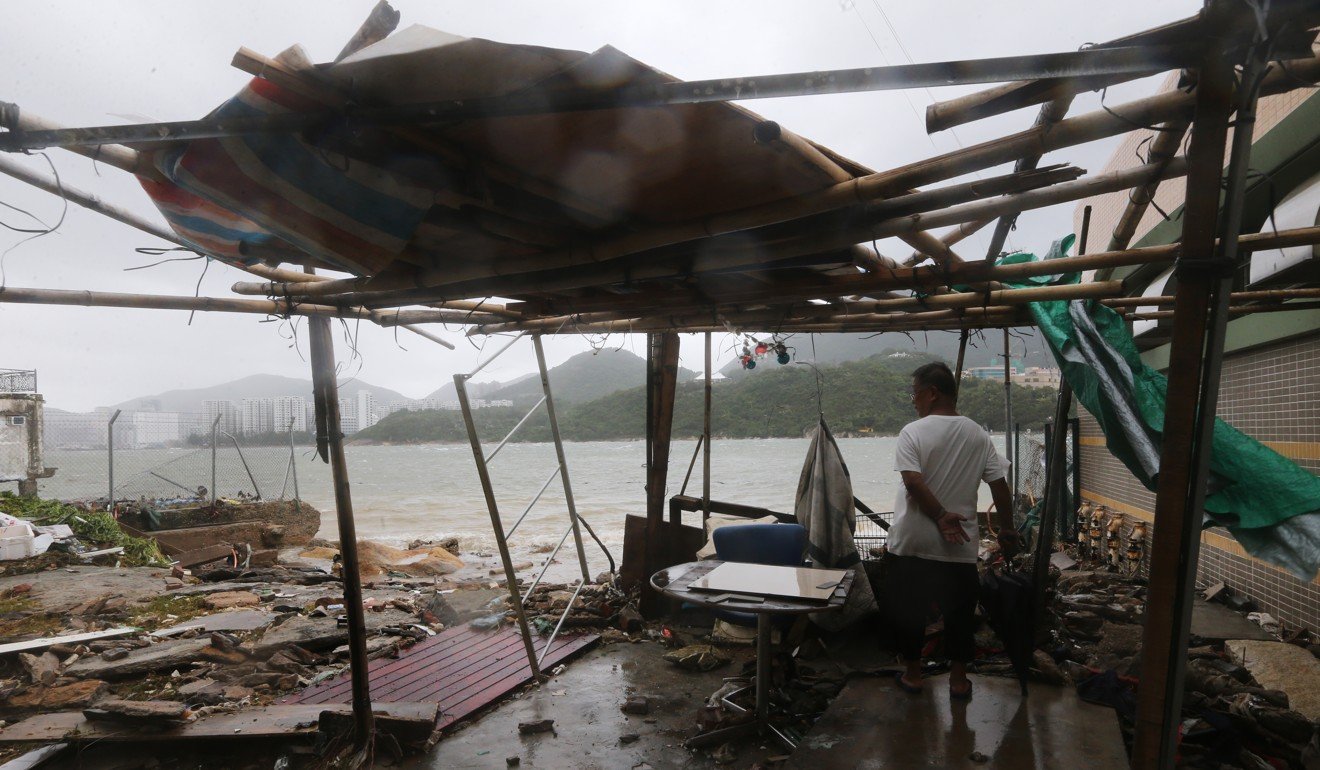
Sweltering 2017 puts Hong Kong on track for hottest temperature and highest number of warm nights in its recorded history
City’s weather authority expects year to be one of balmiest ever

Hong Kong is on track to break several new warm weather records this year, including that of the hottest temperature ever recorded and highest number of warm nights.
With three weeks left to the end of the year, weather forecasters expect 2017 to enter the books as one of the balmiest – though not the most. That mark is likely to be kept by the previous year.
The average temperature between September and November was 25.8 degrees Celsius, making it the city’s third-warmest autumn ever.

And like the previous winter, the Observatory expected this year’s season to be warmer than average with fewer cold days – defined as when temperatures drop below 12 degrees.
It remained to be seen, however, how La Nina would manifest. The weather phenomenon occurs when sea-surface temperatures in the central and eastern Pacific Ocean are lower than average.
La Nina typically brings colder winters to North America, drier conditions in South America and wetter conditions across eastern and northern Australia. It could increase the possibility of cold spells for Hong Kong.
Observatory assistant director Cheng Cho-ming, who heads forecasting and warning services, said the La Nina effect was so far “very weak” and unlikely to be sustained.
In southern China at least, the effects of perpetually warming global temperatures from climate change were likely to offset any cooler winter brought about by La Nina, he said.
We usually get about 17 very cold days in a winter ... We had just seven last year
“We usually get about 17 very cold days in a winter. That’s the 30-year average,” he said. “We had just seven last year.”
Data shows there was barely a winter last year. The lowest temperature was 10.6 degrees. January temperatures broke records for highest monthly mean and highest monthly minimum – 18.5 and 17 degrees.
The average winter temperature from December to February hovered at an average of 18.4 degrees. That was 1.4 degrees higher than the 30-year normal reading between 1981 and 2010. And it tied the winter of 1998/99 as the city’s warmest on record.
Over the summer, on August 22 – just a day before Typhoon Hato struck – the city reached 36.6 degrees. It was the highest temperature since the Observatory began compiling data in 1884. The hot, hazy day resulted from the tropical cyclone’s subsidence, or downward air pressure.
This came just weeks after July 30 broke records for highest ever daily mean temperature at 31.8 degrees. September offered no respite from the heat as monthly mean and minimum temperatures hit record highs too.

Nor did summer nights bring relief. At least 41 hot nights – when temperatures surpass 28 degrees – were tallied this year, the highest on record.
A higher-than-normal nine tropical cyclones came within 500km of Hong Kong this year. Seven required the issuance of a typhoon signal.
“The number of typhoons in the western Pacific was actually near normal [at 30], but in the South China Sea, the number [17] typhoons was higher than average,” said assistant director Edwin Lai Sau-tak, citing higher-than-normal sea-surface temperatures in those waters.
Among other developments, the Observatory is to launch its own Facebook page next March. It is also helping the Airport Authority conduct a two-year study on wake vortexes – the air turbulence left from a moving aircraft – in hopes of optimising flight scheduling.